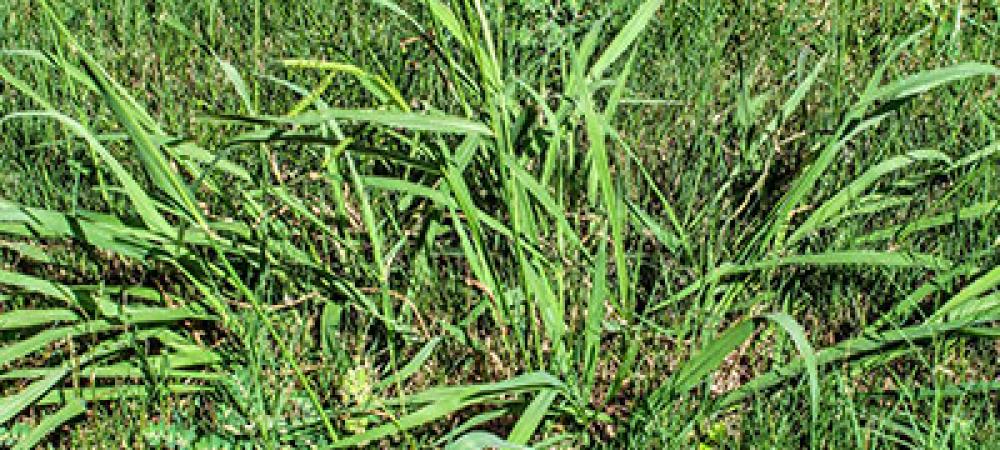Winning the Battle Against Crabgrass: Effective Strategies and Timing

Understanding Crabgrass: What Does It Look Like?
Crabgrass, a notorious weed, is the bane of many lawn enthusiasts. This invasive grass species tends to thrive in bare or thin areas of lawns, disrupting the uniformity and beauty of your green space. Identifying crabgrass is the first step toward effective eradication.
Crabgrass is recognizable by its low-growing, clumpy nature with wide, flat blades that resemble crab legs, hence the name. It typically grows in a circular pattern, radiating from a central point. In its early stages, crabgrass may appear light green, but as it matures, it darkens to a deeper shade.
How to Get Rid of Crabgrass: Effective Strategies
Manual Removal
One of the simplest methods to tackle crabgrass is by manually pulling it out. Ensure to remove the entire plant, including its root system, to prevent regrowth. This method works best for small infestations or isolated patches.
Chemical Control
Herbicides specifically formulated to target crabgrass can be effective in larger infestations. Selective herbicides designed for grassy weeds can kill crabgrass while sparing your desired lawn grass. Follow the manufacturer's instructions carefully for application and safety precautions.
Improve Lawn Health
A thick, healthy lawn is your best defense against crabgrass invasion. Proper lawn maintenance practices such as regular mowing, adequate watering, and fertilization help promote strong turf growth, making it more difficult for crabgrass to establish itself.
When to Put Down Crabgrass Preventer: Timing is Key
Timing plays a crucial role in the effectiveness of crabgrass prevention measures. Applying a pre-emergent herbicide, also known as crabgrass preventer, at the right time can significantly reduce crabgrass infestations.
The ideal time to apply crabgrass preventer is in early spring before soil temperatures consistently reach 55°F (13°C). This usually coincides with the blooming of forsythia bushes or when the redbud trees begin to flower. Applying the preventer too early may result in it breaking down before crabgrass seeds germinate, while applying it too late may allow crabgrass seeds to already have sprouted.
Follow the product label instructions regarding application rates and watering requirements for optimal results. Keep in mind that pre-emergent herbicides create a barrier in the soil to prevent crabgrass seeds from germinating, so they must be applied before crabgrass seeds start to sprout.
Alliance Landscaping Can Help
Winning the battle against crabgrass requires a combination of proactive measures, proper identification, and timely intervention. By understanding what crabgrass looks like, employing effective eradication strategies, and applying crabgrass preventer at the right time, you can reclaim your lawn and enjoy a lush, weed-free green space.
If you're struggling to combat a crabgrass infestation in your lawn, consider seeking professional help from Alliance Landscaping. Our experienced team of landscape professionals can assess the extent of the crabgrass problem and recommend the most effective solutions for eradication. Contact us today!
